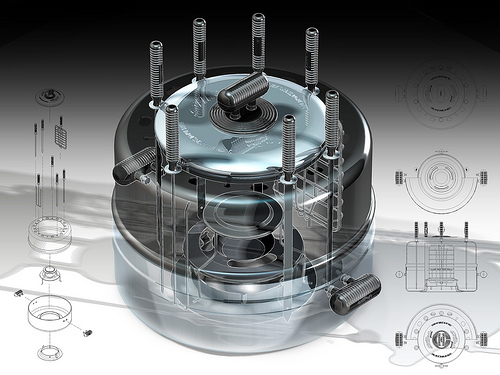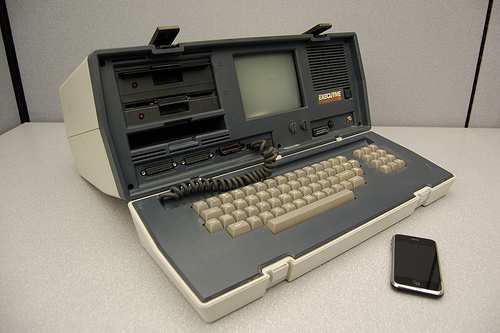Introduction
Computer Aided Design, or ‘CAD’ for short, is an exciting industry to be in. With so much excitement for the future capabilities, it’s important not to get carried away. As a developer, understanding where CAD came from and how it developed is vital when thinking about its uses and potential in the future. As with any industry, or indeed any aspect of life, you have to know where you came from in order to know where you’re going.
Here’s a brief look at CAD, then and now.
In the Beginning…
Most people of this generation would imagine that, since personal computers broke into our homes in the 80s, computer aided design must have come at a similar time. Some may say 5 or 10 years before that, given that industry usually experiences products before they are commercially released for the masses.
The humble beginnings of CAD, however, trace right back to 1957; a very good year for design.
A man called Dr. Patrick Hanratty developed a commercial programming system which was the start of something incredible. Only 3 years later, computer technical drawing was being formed, albeit only in simple principle. Only much later was the CAD that we are familiar with today ever brought into the public eye.
2 Dimensions
Until computers developed the ability to emulate a physical drawing board, engineers and architects worked for hours with pen and paper. Skilled staff would take hours labouring over an A0 size drawing board, hoping that any mistakes made were rectifiable. Permanent errors meant a lot of time and money went straight into the waste-paper bin. When 2D computer aided design entered into the industry, the time taken to produce a technical drawing increased hugely. Unfortunately, the increase in profit and productivity didn’t show such a steep incline, as thousands had to be trained in using this great new technology, as well as the huge expense of all the new equipment involved!
It wasn’t long, though, before overheads came down and it wasn’t just the industry giants that could afford to buy the latest gadgets and software versions. 2D technical drawings could be created to a greater accuracy than by hand, and at greater speed too. Saving and backing up versions was now possible, which meant revising drawings put much less of a strain on resources. With constant growth and development, it wasn’t long before the programmes evolved into the efficient, user friendly virtual environments we use today.
The Magic Number
3 Dimensional computer aided design is the present, and the future of CAD. Few people, however, are aware of just how far into the past it goes, too. Even though 3D CAD has really only hit high commercial and industrial popularity since the early 90’s, the first commercial solid modelling program came onto the scene in 1969. The early stages of solid modelling began centred around wire frames, much like the ones in use today. Solid modelling was the next step in the revolutionary impact that 3D design has had on the CAD industry that we know today.
3D modelling has developed furiously through the 2000’s, and the accuracy and aesthetics have been improved one hundredfold in the journey towards ultra-realism in 3D designs. This development brings us right up to our final time; today.
Today’s World
Now a standard practice, 3 dimensional modelling is being taught at basic and advanced levels at universities throughout the country for a wide range of courses and applications. It’s clear that as well as dominating the present, the future is bound for 3 dimensions too. Computer aided design is coupled with manufacturing, and industries use programs for all manner of reasons. Photorealistic models can be used to advertise prototypes, or animation can show off a product’s capabilities in a virtual world. Testing of a 3D model can allow a company to see how their creation would fare under stress, or distinct environmental conditions, long before production even begins.
Conclusion
Needless to say, CAD has come on an incredible journey spanning over half a decade, and counting. Now applied in over a million different ways, increasing in popularity and capability, it’s amazing to see how something so simple in first development can evolve into something so advanced and powerful. Now we know a little more about CAD’s history and its present, the only question left is: what does the future hold?




